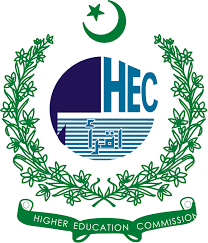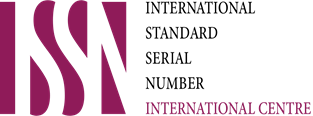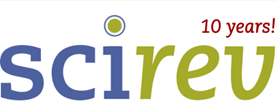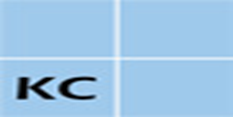BALOCHISTAN CRISIS:A CRITICAL DISCOURSE ANALYSIS OF PAKISTANI AND INTERNATIONAL MEDIA
DOI:
https://doi.org/10.63878/aaj949Abstract
Crisis in Balochistan, the largest province of Pakistan by area, is a major concern in Pakistan since its inception. It raises important issues like national security, political marginalization, and human rights. In this context, this study aimed to examine how Pakistani and international print media represented Balochistan crisis using various linguistic and ideological strategies. In this study, the researchers employed a qualitative research design and used Norman Fairclough’s Three-dimensional Model of Critical Discourse Analysis (CDA). Eight news articles were analyzed from English media outlet Dawn, The News (representing Pakistani media), BBC, and Al Jazeera (representing international media), published between 2023 and 2025. The results revealed that Pakistani English media largely reflected the official state narrative that highlighted Baloch groups as terrorists and foreign agents. On the other hand, international media focused on human rights concerns, enforced disappearances, and political exclusion of the people of Balochistan. In a nutshell, the findings demonstrated that media discourse was far from neutral and played an important role in shaping public opinion and legitimizing power structures. Therefore, it stresses the need for balanced journalism that includes the voices of the marginalized communities and avoids one-sided portrayals.




































